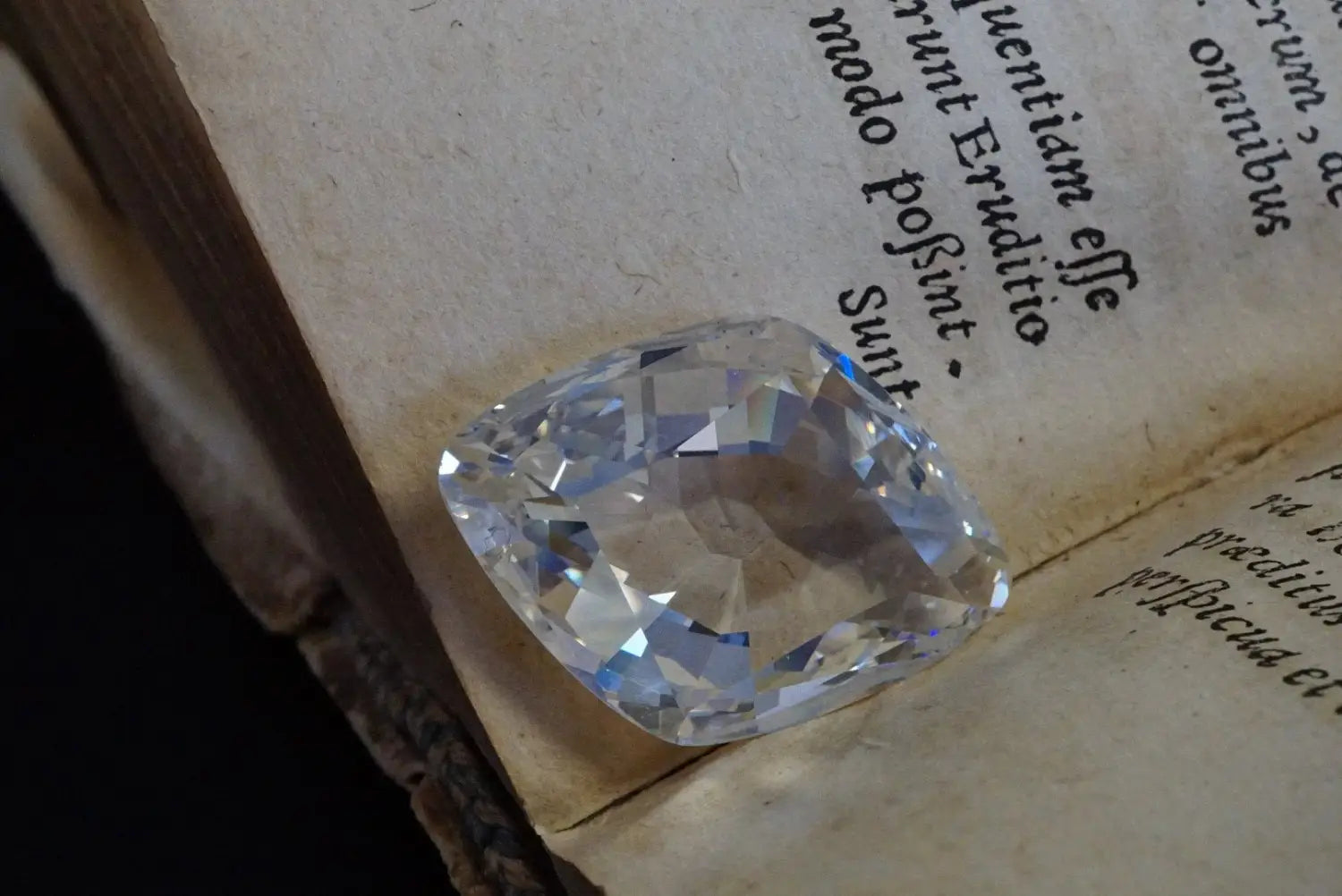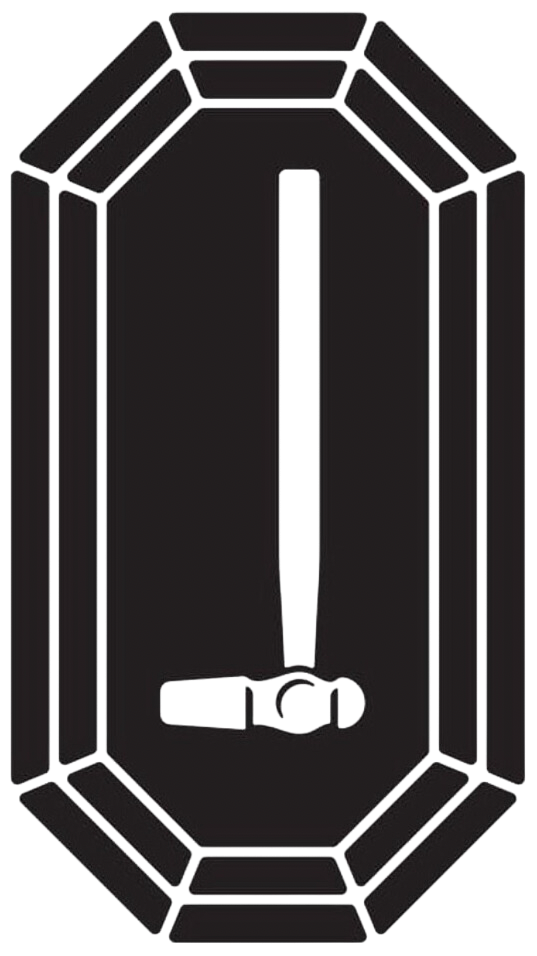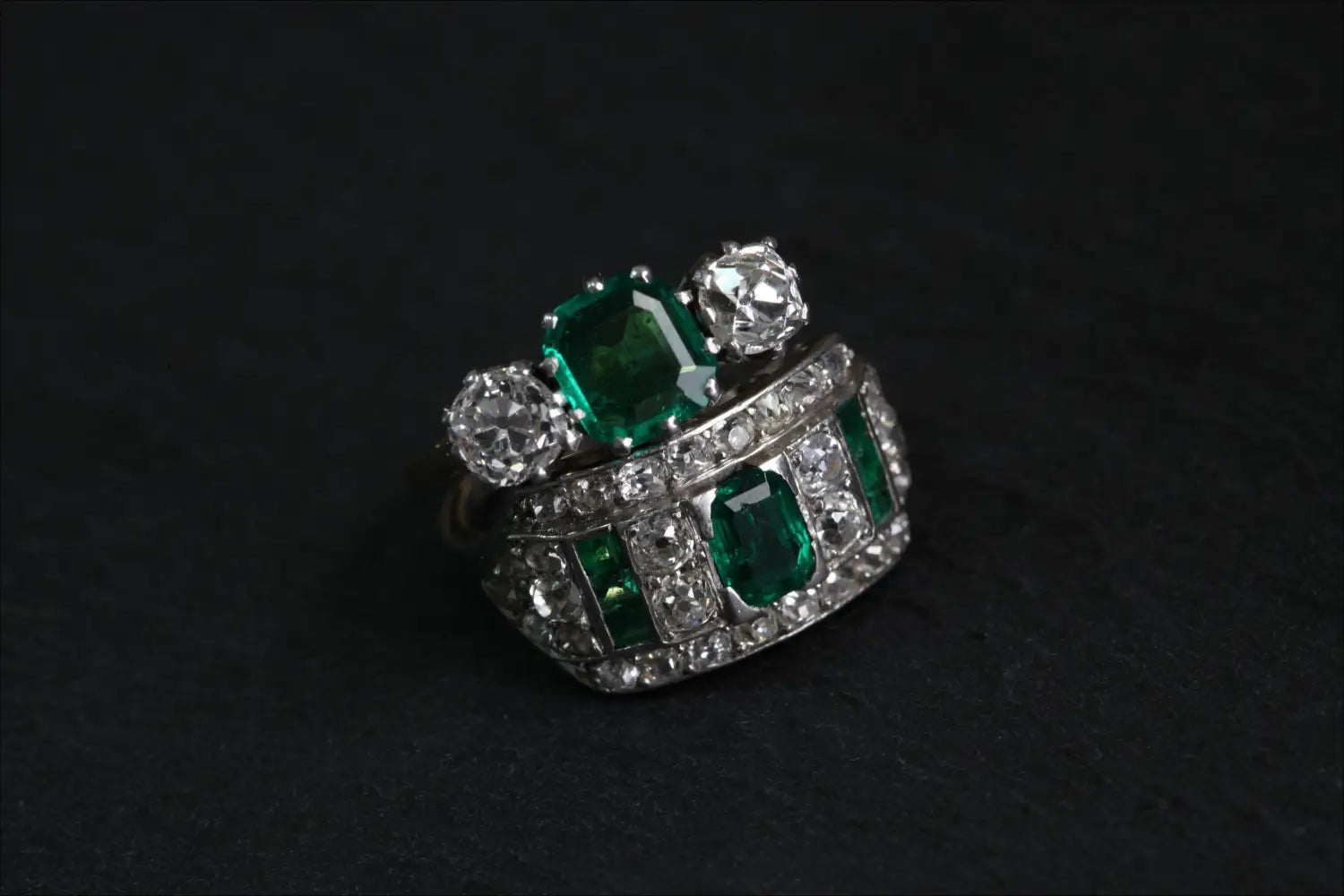
Significance of the Golconda Mine
Anup Jogani explains the significance of the Golconda mine from a dealer’s perspective.
As a dealer and connoisseur, the Golconda mine represents a specific time and place that produced some of the most exquisite and unique diamonds in the history of the industry. Not only was it one of the oldest mines in the world, but the volume of the Golconda’s bounty was unprecedented. The mine yielded a very specific type of IIa diamonds, type II diamonds being the rarer variety of diamonds, as compared to type I diamonds, because they lack nitrogen within their crystal structure.
The rough of true Golconda diamonds often emerged from the earth as smooth, flatish crystals, a rare shape even within the category of type IIa diamonds. Only conditions of extremely high pressure and intensity could produce such a stone, and diamonds from this mine surpass all other type IIa varieties in terms of how they perform and how the light plays with their structure.
These diamonds have an ethereal, watery feel to them that is unmatched. The apical Golconda stones are endowed with an absolute clarity reminiscent of the purest, glassiest mountain water flowing over hard rocks. Royalty acquired the loftiest of these important stones throughout the years, only further adding to their rarity.

(The Smithsonian in Washington, D.C. currently owns the Hope Diamond. Photo source: The Adventurine)
In reference to the meaning of ‘true’ Golcondas, while type IIa diamonds are not a dime a dozen, they are easier to find than true Golconda diamonds. Other types of IIa diamonds could mimic the qualities, including flatness and proximal clarity, of a Golconda diamond, but the imitation stones really originate in South Africa or another part of the world.
Real old mine stones deriving from the Golconda mines during the 16th and 17th centuries are typically of a certain size. The Gübelin Gem Lab is the only laboratory that designates Golconda certificates, and it’s very rare for them to issue a Golconda certificate for a stone that’s five carats or more, even if a smaller stone has all of the characteristics.
When examining a Golconda diamond, like with any stone, quality is the most important factor to consider. A dealer reviews the stone for wear marks; indications of age, including locations of the facet junctions and girdle chips from a past life in a wonderful piece of jewelry; and of course, the sublime beauty we’ve come to associate with Golconda diamonds.
◦
For further historical information about the Golconda mine, refer to the post in our Jewel School blog.

